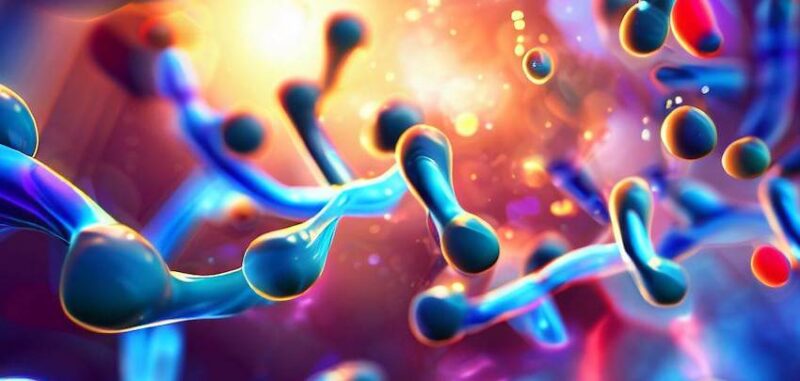Enhancing the Body’s Self-Healing Properties with BPC-157
Imagine a car that maintains and repairs itself. All you need to do is fuel it up, change the oil and other fluids occasionally, and it remains in tip-top condition for decades. As parts wear down, they are rejuvenated within hours. If there’s an accident, it might take a couple of weeks for the dents to pop out, leaving your car looking like new.
That’s pretty much how a healthy human body reacts to proper care, and it’s amazing. Cut your finger, and within days, the tissue repairs itself. Properly set a broken bone, and within six to 12 weeks, it’s almost like new. Plagued by stomach ulcers? Identify and address the cause, and those ulcers heal in a matter of two to eight weeks.
Given the right supports, the body may even be able to heal itself of certain cancers. And thanks to neuroplasticity, the brain can regrow neurons and build new neural networks.

Unfortunately, there are a number of factors that can impair and undermine the body’s self-healing mechanisms. These include age, nutritional deficiencies, toxins, stress, poor sleep, and insufficient physical activity. Some medications can also impede healing, including non-steroidal anti-inflammatory drugs (NSAIDs), immunosuppressants, anticoagulants, and corticosteroids.
In contrast, chemical compounds called peptides show promise of enhancing the body’s natural ability to heal itself. They can trigger responses at the cellular level that kick the body’s healing mechanisms into high gear. I’m especially excited about one peptide in particular — Body Protection Compound 157 or BPC-157 for short — which is the focus of this post.
Dr. Lewis Recommends: For a detailed overview of peptides, please read The Healing and Rejuvenating Power of Therapeutic Peptides here on my blog. If you are already familiar with that post, feel free to skip the next section and jump directly down to What Is Body Protection Compound 157?
What Are Peptides?
Peptides are naturally occurring chemical compounds — short chains of fewer than 50 amino acids — that serve as Continue reading…


